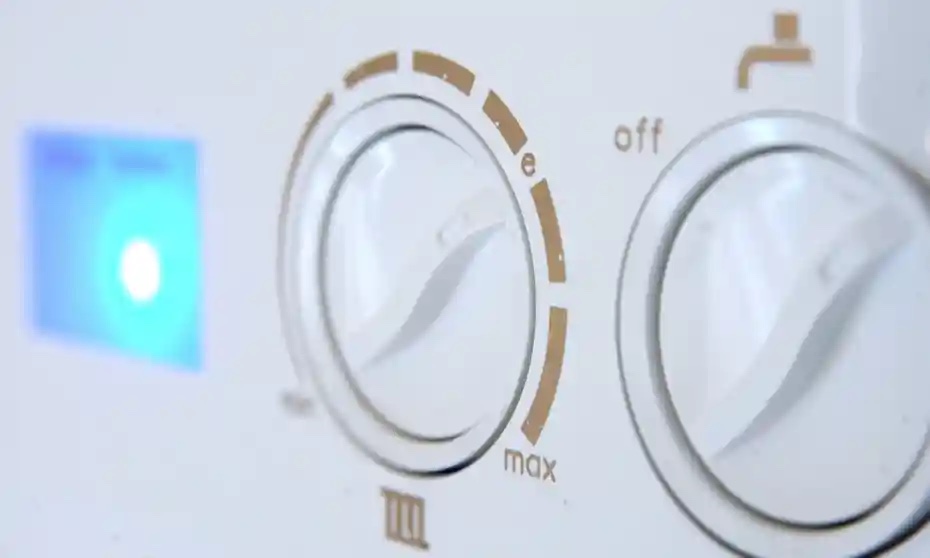Heat Pumps: All you need to know about the Key to Unlocking a Zero-Carbon UK

Heating contributes to 14% of the UK’s carbon emissions. As we move towards a lower carbon future, it’s no surprise that we’re being urged to reduce our reliance on fossil-fuelled boilers. The government aims to phase out traditional boilers shortly and is now actively incentivising people to transition towards greener alternatives such as; the Boiler Upgrade Scheme, which offers grants of up to £5,000 for installing low carbon heating systems.
Heat pumps are an efficient renewable technology that will play an essential role in the country’s journey toward zero emissions but a tricky one.
Heat pumps:
• Work best in highly insulated, airtight properties
• Need to be matched with low-temperature radiators or underfloor heating
• Must be kept on consistently
As shown above, heat pumps aren’t everyone’s cup of tea. A recent Energy and Utilities Alliance report suggests they could be impractical for up to 54% of UK homes.
So, how do you know if heat pumps are the right fit for your off-grid home?
Flogas – the off-grid gas experts look at the key factors you need to consider before investing in a heat pump and how heat pumps compare with LPG (and soon-to-come Bio-LPG), which could be a more effective and lower-cost option for some off-grid homes looking for a greener heating solution.
What is a heat pump?
An air source heat pump looks similar to an air conditioning unit and sits outside your property. They work like a fridge but in reverse, taking heat from the air outside, boosting it to a higher temperature using a compressor, and then transferring it indoors to heat your radiators or underfloor heating. The remaining heat is stored in your hot water cylinder, which you can use for showers, baths, and taps. The pump and compressor run on electricity, but if your heat pump is installed in the right conditions, they should use less energy than the heat they produce, making them an energy-efficient solution.
Is your home insulated enough?
Your home must be insulated for a heat pump to work effectively. Heat pumps operate at lower temperatures than traditional heating systems, which means they can take longer to get rooms to temperature if they’re draughty and letting out lots of heat.
Britain has some of the least energy-efficient housing in Europe, and significant upgrades may be required for homes to become suitable for heat pumps. Around 25 million homes lack adequate insulation, and to bring a poorly insulated home up to scratch could cost thousands.
This may concern off-grid properties, as rural homes are typically old and less energy efficient, making them more challenging to upgrade. For example, oil-heated homes are more likely to have solid walls, which are harder to insulate to a good standard. Solid wall insulation can cost anywhere between £5,000 and £11,000, and it can impact a home’s appearance, making it unattractive to homeowners.
Do you have suitable radiators?
Because heat pumps operate at a lower temperature, they should be paired with low-temperature radiators or underfloor heating. Unlike boilers, which switch on and off and let you heat a space very quickly, heat pumps are meant to stay on 24/7 – providing a comfortable and consistent ambient temperature. However, this means it can take longer to heat your home. Conventional boilers will heat the water in your radiators up to 75°C. In contrast, when working at its most efficient mode, a heat pump circulates hot water to radiators or underfloor heating at temperatures between 35°C –45°C.
If you don’t already have compatible low-temperature radiators, you’ll need to factor this into the installation and cost.
Do you have the space?
Not all homes have adequate space for an air source heat pump. First, you need to be able to fit the unit outside, which may not be possible if you’re living in a flat or a terraced house with limited outdoor space. For it to effectively extract heat from the air, it needs to be in the right spot, with plenty of air flowing around it, plus it needs to be accessible for maintenance. Some heat pump models can also be noisy when working, so it’s worth considering the impact it could have on you and your surroundings.
You’ll also require indoor space as well. Unlike boilers, which provide hot water on demand, with heat pumps, heat is stored in a hot water cylinder until it is needed. This means you’ll need to accommodate this hot water cylinder, which can be challenging in smaller properties.
What’s the cost of the installation?
An air source heat pump can cost anywhere between £7,000 and £14,000, and costs can vary based on the system and complexity of the installation. It is a significant investment for people, so the government is offering 90,000 homes in England and Wales grants of £5,000 as part of its Boiler Upgrade Scheme. As mentioned, you may also need to add the cost of upgrading your home to this figure to cover any insulation, double glazing, oversized radiators, or underfloor heating.
Would LPG/Bio-LPG be a better fit?
Heat pumps aren’t for everyone, and if you’re concerned about the suitability for your home, or the cost, then liquefied petroleum gas (LPG) and soon-to-come Bio-LPG (renewable green gas) could be the perfect solution for you.
Unlike heat pumps, LPG provides instant high-temperature heating and hot water, which can be a more practical solution for harder-to-treat off-grid properties. Modern LPG boilers are efficient and relatively low cost. You may not require extra upgrades like insulation or low-temperature radiators. You won’t need space for a hot water cylinder and won’t need to worry about any unwanted noise.
LPG is cleaner and greener than other conventional off-grid fuels. If you’re currently running on oil and have an ageing boiler, you could make high cost and carbon savings by making the switch. LPG produces 20% fewer carbon emissions than heating oil and fewer other nasty pollutants that impact air quality.
But if you’re looking for renewable fuel, there’s good news. Bio-LPG – a lower carbon version of LPG is on its way. Once it’s more readily available, you’ll be able to drop this eco-friendly green gas into your existing LPG system without needing to make any changes or buy any new equipment. Anyone running on LPG now is perfectly set up for a renewable future.






